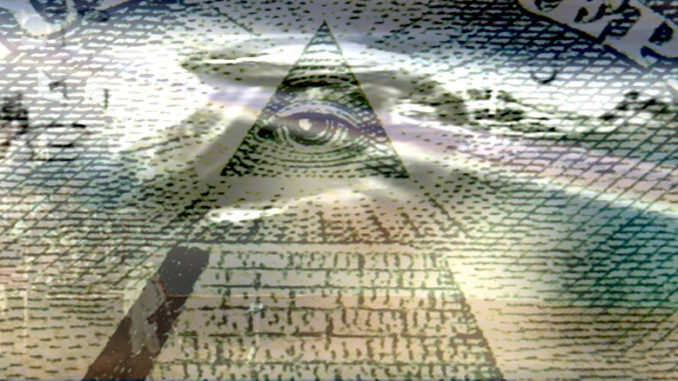
The death of Paul McCartney is one of the most famous conspiracy theories in the world. It’s also a very important one, for what it demonstrates, and most people have it wrong.
Paul McCartney’s death was thought up as an odd publicity gimmick. Per Beatle.net:
Paul explained, “When I told him our future albums would be dominated by songs about interesting people and places, his heart sank. He didn’t think people would buy such albums and came up with this great idea to push sales in the event he was right and we were wrong. The idea was that we would plant clues in our songs and album covers that one of us had died in a car wreck. If after a few albums, our records weren’t selling well, we’d leak out word about the clues and let our fans and the press take over. People would buy the albums to see and hear the clues. We thought, ‘Wow, that’s an incredible idea!’ We realized it would be great fun to have all those clues sitting there undiscovered until people started going nuts looking for them all.”
It was a pre-emptive publicity strike. If the band’s popularity flagged, it could be used to rekindle interest. Instead, the new direction even further enhanced their popularity. As they became iconic figures, devoted fans started noticing the clues that had been left behind and pieced together the story that the Beatles had intended to leak. Now, rather than admit that they had little confidence in their fans, the band members decided to stay quiet about it.
There are some fascinating aspects to the story. Ringo was apparently asked to be the “dead Beatle” by Epstein because of his popularity in the U.S., but turned it down for superstitious reasons. Harrison considered it, passed, and wrote a song about the musings the offer had led him toward (“The Art of Dying”). Some of the clues are fascinating: Paul’s bare feet on the cover of Abbey Road and the “I buried Paul” by Lennon on Strawberry Fields are the most famous, but there are hundreds of others, some planted by the band, some merely extrapolated by fans.
Many places have “debunked” the theory since Paul finally admitted the hoax and conducted interviews about it. Here’s an example from Canada’s National Post in 2017. Here’s another from U.K.’ s The Week in 2018. It’s been covered major newspapers and small independent sites.
Most of them get the basic details that I’ve provided correct. Here’s what they miss:
From CSI (the Center for Skeptical Inquiry):
Perhaps this legacy is what has contributed to the steady decline of belief in the classic Paul Is Dead (PID) conspiracy theory. According to a 2013 survey by PPP, only 5 percent of respondents believe Paul McCartney died in 1966, a figure that barely surpasses the 4 percent of respondents who believe lizard people run the world. Popular conspiracy theories never completely disappear, but PIDers are as rare a breed of conspiracist as they come.
Conspiracy theorists don’t believe Paul Is Dead. They haven’t, not for a long time. When someone brings up Paul McCartney’s death hoax to a theorist, it establishes them as someone who can’t be trusted, because they’re trying to tar all of the “true” stories by incorporating one “that everybody knows is fake.” And, of course, the fact that it’s still used as an easy story on a slow news day keeps the story in the public consciousness and the conspiracy theorists feeling not just isolated but also superior in their isolation. The rubes don’t even realize that nobody believes Paul is Dead, they’re so easily conned….
This is a common psychological effect. It’s seen in politics regularly, with people who supported Obama through every scandal because the “fake birth certificate” theories proved that nothing “the other side” said could be trusted. It was seen with Bush and his “secretly deserting the National Guard”. It’s seen with Trump right now, when a Democrat spin or lie like the famous picture of immigrant children in cages, taken during the Obama era, is attributed to Trump… and then the Trump supporters use that to excuse the current, new policy of separation or pretend that the entire new story is false.
Watching the way people contort themselves to avoid truth can be disheartening. But…
The almost complete abandonment of what was, fifty years ago, an immensely popular theory demonstrates that, yes, conspiracy theories can die with enough light shined upon them and without continuing support. That should be a comfort to anyone who is frustrated by friends and family spouting off on inaccurate or even inane positions.

1 Trackback / Pingback
Comments are closed.